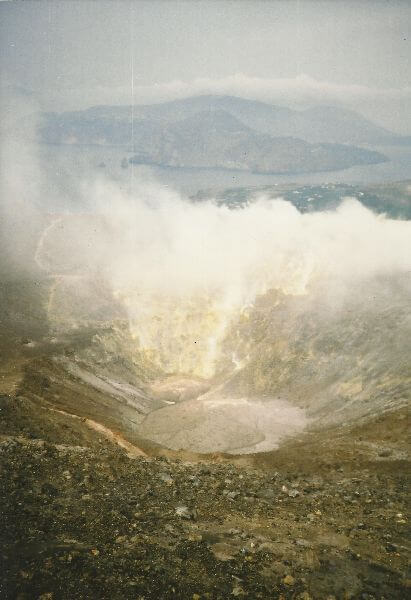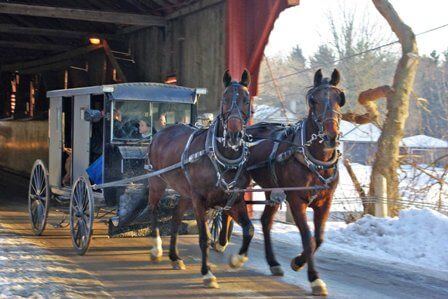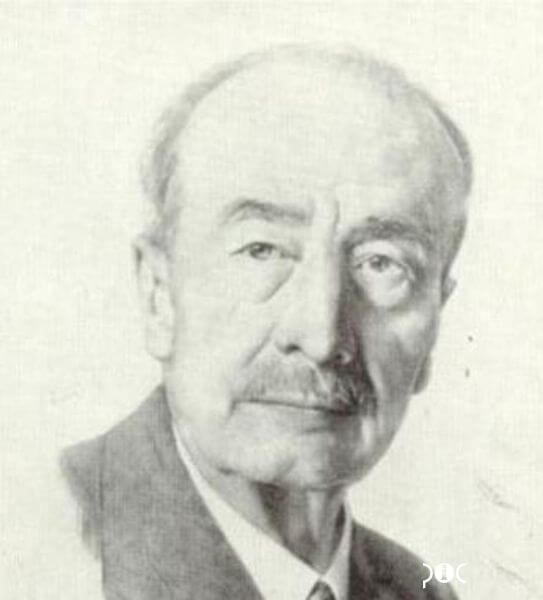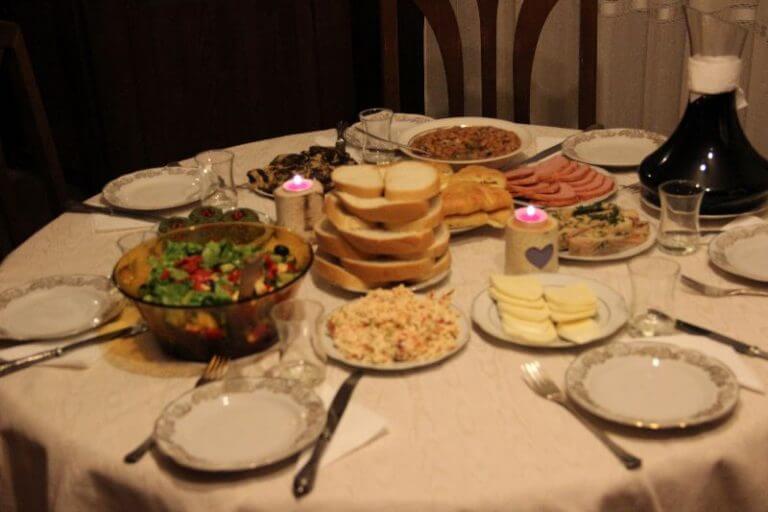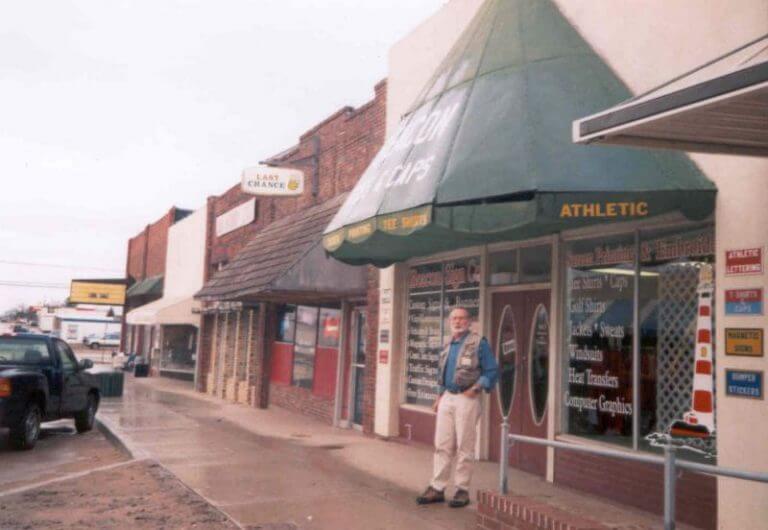Those who love travelling and exotic things must admit – you won’t impress your neighbours with a faraway, exotic trip. Most have tried the beaches of the Canary Islands, seen the pyramids of Egypt or popped down to Thailand or Bali. For ordinary tourists, everything else is either hard to get to or not tempting enough. That’s why finding something truly exotic “around the corner” is a job for an expert.
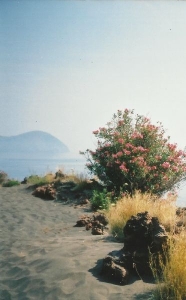
Islands of the God of the Wind
The Aeolian Islands or the Seven Daughters of Mother Sicily. It’s hard to decide on one name because the main island might be called Lipari but the other six prefer Isole di Eolie for the name of the archipelago. They celebrate the god of sea breezes this way. Thanks to him, you will enjoy nice refreshing weather, while more than fifteen hundred kilometres to the north, your relatives might be boiling in typical summer heat waves. You will also enjoy the heat here though, thanks to something unprecedented and unique – a “bubble bath” in the surrounding sea. It’s caused by bursts of hot volcanic gases directly into the sea water. The explanation is simple; they are located on the island of Vulcano, which has a real (and thankfully extinct) volcano. It’s so peaceful that you can climb up to the summit and down into the crater. The last eruption was some 1300 years ago. The climb to the summit and into the crater of Fossa di Vulcano is a trip for the whole morning. In return, it will offer you an unforgettable view of the island and nearby sea. The experience of half a kilometre wide and 180 metre deep crater is one of the exceptional experiences offered at only a few places on the globe. Especially because you’re entering a volcanic kitchen, which is still “cooking”. That’s why a certain participant of the Slovak TV show Dream With Us even fried eggs right on the “oven” . This volcano isn’t just for decoration though. There’s also a brilliant view of sulphurous eruptions of the most spectacular forms everywhere you look. These sulphurous creations are souvenirs which you can admire and be impressed with. Those who don’t like climbing too high (from the 391 m Fossa di Vulcano you can climb another 100 m up to Mount Aria, which not many people stumble upon), can visit a miniature natural volcano that connects the island by a narrow neck. A walk to Vulcanello, a 123 m high dwarf relative of the extinguished volcano, might not bring you the fascinating views into the crater but there is much more interesting flora here. Colourful bunches of flowers and shrubs will reward your short walk. It includes the view of the Valle dei Mostri or Monsters’ Valley. In reality, the wind and sea have formed igneous rocks of lava into bizarre shapes, where, with a little bit of imagination you can see mythological beasts and creatures.
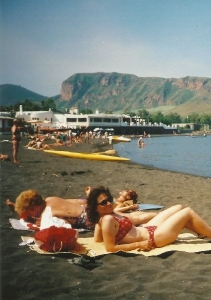
A Boat Trip to the Islands
The whole archipelago is volcanic in origin with three partially active volcanoes. Two of the furthest islands, Filicudi and Alicudi, have not yet been affected by civilization. They are so small and steep that there aren’t any roads here and instead of cars, people use donkeys. The smallest island, Panarea, has interesting archaeological monuments that date back to 1500 BC and is the summer residence of the current richest and most important families in Sicily and Italy. Salina Island is a fishing village where you can try the famous Malvasia, the drink of the Olympian gods. The most famous island is of course Stromboli with a 912 m high volcano, whose slopes continue two kilometres under the water to the bottom of the Tyrrhenian Sea. The fireworks display that the volcano repeatedly produces has even entered into history. Even today, careless tourists might experience it firsthand if they come too close to the summit of the crater. The reward is the other side view of the boiling lava leaking into the sea at a place called Sciare del Fuoco. As if the constant battle between lava and sea waves inspired the otherwise peaceful island. And so, on the boat that will take you from the main tourist centre of Lipari and Vulcano, you can experience the unexpected adventure of storms in the middle of the open sea. You have to consider whether it’s worth spending five hours on the calm voyage there and all of a stormy night. Much more comfortable is a half-day trip on a cruise around the whole island with swimming and tasting grape brandy. You can also go alone on a short sea trip, without a guide. The local ferry acts like a tram with the unusual addition that you can buy a ticket only for the first stop to the main island but nobody will be reproachful if you “forget” and travel around the remaining islands. The truth is that you can see most things on the main island of Lipari, which once served as a comfortable internment asylum. The Italian writer Curzio Malaparte escaped the Fascists for a while here, and later Edda Mussolini, the fascist dictator’s eldest daughter. There is also a large medieval castle with a very good, nice interpretation illustrated through a free computer wizard. The castle walls were built in 1556 and most likely stand on the foundations of an older Greek fortress. For a quiet stop to think, there are several local churches and museums. Of course, there is also a busy commercial street and where you can sit in the cafes of the major port or in the nearby village Catanea, while waiting for the return of the “tram ferry”.
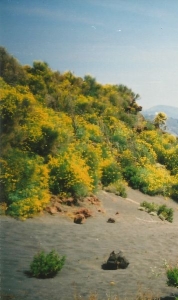
Short History
If you’re interested in history, you will find the whole Mediterranean here in a nutshell. It’s logical, because the local obsidian, whose bearings are the richest in the world, has been found throughout the Mediterranean, which proves that a large trading network connected the archipelago with the civilized world during the 2nd millennium BC. It was a highly prized raw material for tools such as knives and arrows in the Stone Age and Bronze Age. The hard black volcanic glass was one of the prized commodities exchanged in Neolithic times, and was very good for making very sharp blades. According to archaeological findings, the archipelago was inhabited as early as 5000 BC. Greek colonists from the island of Lipari arrived at Knidos in 580 BC but the island was not taken over completely. They settled on the spot known as Castello. The colony successfully fought the Etruscans for control of the Tyrrhenian Sea. Lipari later became a Carthaginian naval base during the first Punic War, but in the years 252-251 it became a Roman province. Christianity was introduced from the 3rd century BC with the first bishop St. Agaton, who, according to tradition, found the sacred relics of St. Bartholomew that washed up here. He built a cathedral over these precious relics. In AD 839 the Saracens attacked the island and massacred a large part of the population, but the remains of St. Bartholomew managed to be moved out of their reach. Archipelago Lipari was eventually almost totally abandoned. Christianity returned here around 1131.
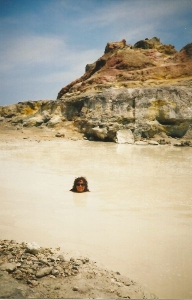
The Island of Natural Curiosities
Those who prefer lazing around and staying on the island of Vulcano won’t miss out. There are more exotic activities for them – sunbathing on the beach of black volcanic sand. You won’t find this kind of beach anywhere else in the Mediterranean. And on top of it – bathing in a natural sulphur bath under the stars. Even the ancient Romans appreciated this. It’s very good for the skin and one hundred percent effective on swimwear. Afterwards, you will not wear it anywhere else than in sulphur baths. So the Volcano is also a burial place for old swimwear and a chance for something new, which you can purchase in a whole variety of cosy little shops. And while we’re talking about them, of course you will find small, homey restaurants, where you can fill up with the fruit of the sea, seafood. There is also a Museum of Unconventional Energy close to the port. A half-day trip on a cruise ship around the whole island joined with swimming and a view of the horse cave Grotta del cavallo is also fun. Vulcano only has 500 inhabitants, so you will feel like you’re in a sleepy Mediterranean village made of white villas and tourist bungalows. All this has a great advantage you won’t find anywhere else. The Aeolian Islands are kind of “leeward” to the main tourist routes, so you don’t have to be scared of a body to body type of holiday. There aren’t any big luxurious hotels here (therefore it is significantly more modest but you are guaranteed privacy). For more demanding visitors, there is only one well-hidden hotel complex with pools, which the average tourist won’t even find. These islands have their own magical spell of peaceful exoticism. Apart from souvenirs, you can take home something that only a few can boast about. A unique natural phenomenon, when bursts of volcanic gases penetrate into the waters of the bay, is home of a world rarity. Right here a few decades ago, scientists discovered a natural trait. They called it hyperthermophile bacteria which can survive in the hot gases gushing into the sea water at a temperature of 120° C, although normal proteins begin collapsing already at half of that temperature. You won’t find such rare microflora anywhere else in the world. So if you visit the Aeolian Islands you will be enriched not only with an unusual tourist experience, but also knowledge of a unique corner of the earth. And it’s not far – just around the corner from Sicily!

